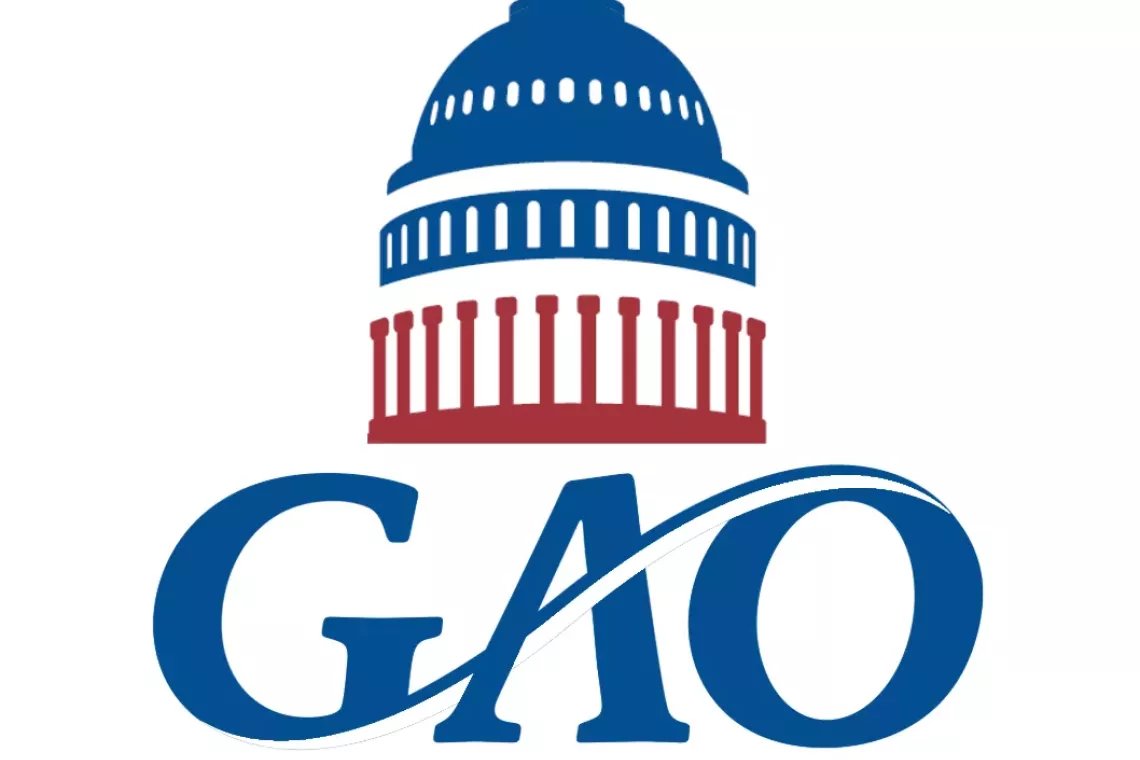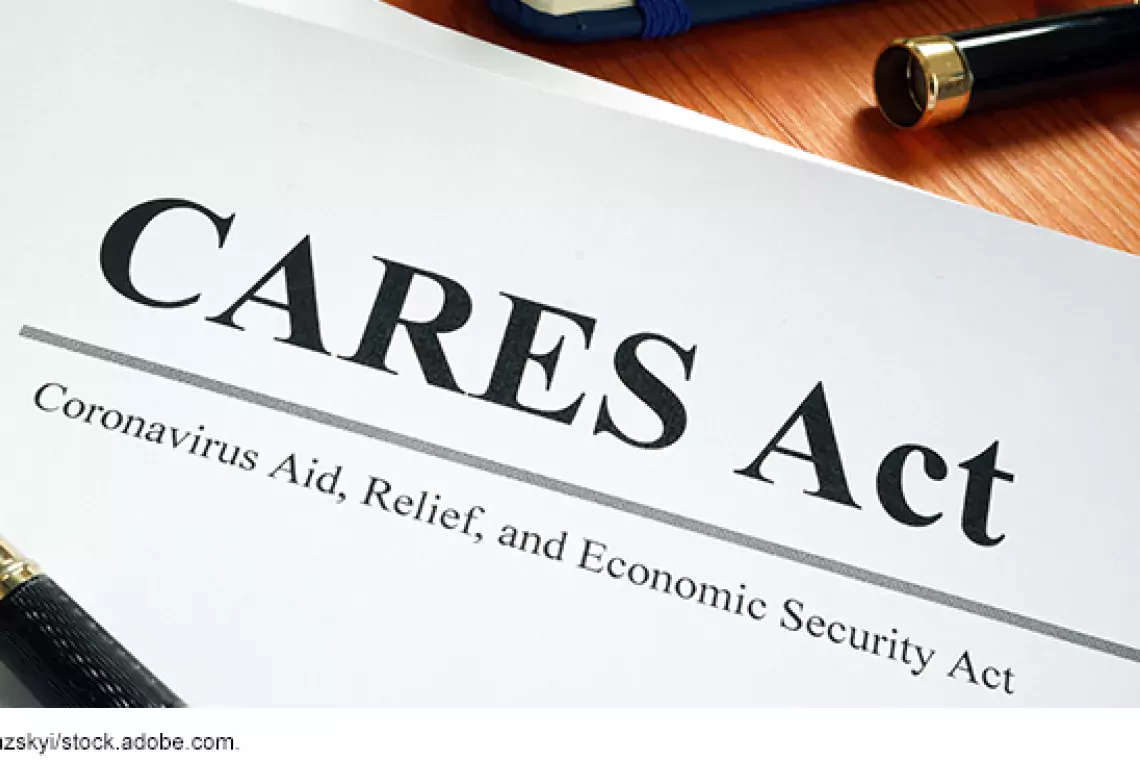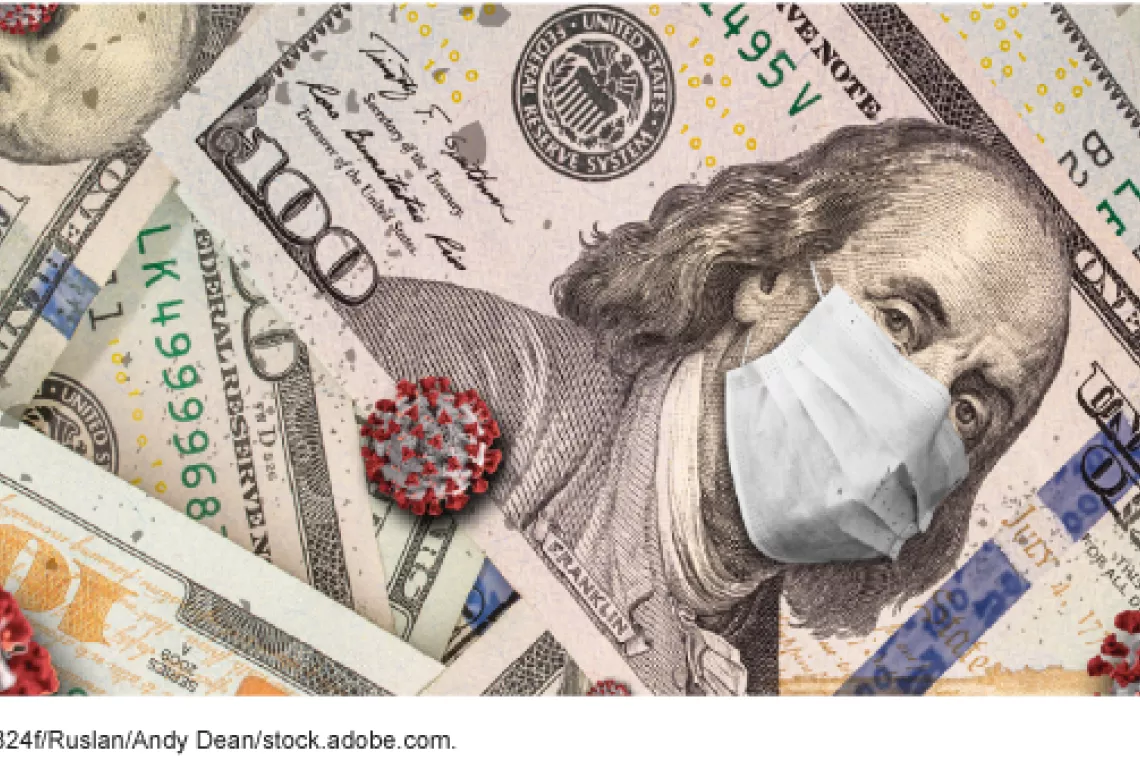The Coronavirus Response: Lessons Learned from The Past
The novel coronavirus, COVID-19, is quickly challenging Americans to rethink every aspect of our daily lives. And while this particular virus is new, GAO has issued reports and congressional testimonies covering several similar public health challenges and emergency federal aid packages.
For example, we’ve done work on the science behind the coronavirus, as well as the roles and responsibilities of the federal government in managing and responding to a public health crisis— and mitigating some of the effects that, while major, may not be directly health related. These reports and congressional testimonies include lessons learned and open recommendations that federal agencies can implement now.
Today’s Watchblog explores.
Federal preparedness
Researching coronaviruses. Our Science & Tech Spotlight: Coronaviruses discusses the 7 strains of coronavirus that are known to cause illness in humans—including the most recent coronavirus disease, COVID-19. It’s a brief primer on how coronaviruses work, diagnostics (as of February), and research on vaccines and treatments.
Federal agencies conduct and sponsor research on infectious diseases such as COVID-19. Greater public access to the results of this research could help to speed the dissemination of knowledge about such diseases, and accelerate development of vaccines and treatments. However, we’ve previously noted that nontraditional researchers, entrepreneurs, and industry may not typically have the same kind of access to federally funded research results (both publications and data) as academic researchers.
In 2013, certain federal agencies were directed to create plans for increasing access to publications and data they funded. We made 37 recommendations to 16 agencies to address these and other issues.
The National Biodefense Strategy. This was issued in 2018 (along with implementation guidance) and spells out the nation’s plan to prepare for threats like COVID-19. We recently testified about how well the strategy has worked so far. For example, we found there are no clear processes, roles, or responsibilities for joint decision-making. In February, we made 4 recommendations, including that the Department of Health and Human Services (the lead agency for the strategy) clearly document how it’s going to ensure interagency coordination.
In our mid-March podcast on pandemic preparedness, one of our experts stated, “Coordination is easy to say and hard to do.” Check out that podcast for more on federal coordination related to pandemic response.
Medical preparedness. HHS is also the lead agency for coordinating federal efforts for a public health emergency response, such as COVID-19. The catastrophic destruction caused by Hurricanes Irma and Maria that overwhelmed the U.S. Virgin Islands and Puerto Rican governments in 2017 resulted in a large federal disaster response. This response included HHS providing medical personnel and facilities and evacuating critical care and dialysis patients. We identified shortcomings in HHS’s efforts, such as insufficient staffing at emergency operations centers that contributed to confusion over the status of evacuated patients. We made 7 recommendations, including that HHS ensure adequate staffing.
Many people are concerned that the nation’s health care system may not be able to care for a sudden influx of patients. Other public health workers may also need extra help. HHS can temporarily reassign its personnel to state and local health departments to help with emergency response. We recommended communicating about this authority with the HHS agencies whose personnel are likely to be reassigned.
State and local preparedness. Over a 15-year period, Congress provided about $3 billion to respond to specific infectious disease threats, such as Zika, Ebola, and H1N1 pandemic influenza. HHS awarded an additional $18 billion for more general public health preparedness and capacity-building activities, such as getting ready for infectious disease threats and terrorist events. We assessed the preparedness efforts of states and others and found mixed results. For example, most responder protection and coordination efforts met goals, but efforts were less consistent in three other areas: electronic lab reporting, epidemiology capacity, and laboratory capacity. Preparedness at the nonfederal level is particularly important because many of the resources needed to combat biological threats, such as an outbreak of a novel virus, are at the nonfederal level.
Air travel. Staying home and washing your hands thoroughly and frequently are ways to slow the spread of viruses. But if you have to travel, bear in mind that air travel has the potential to spread infectious diseases farther and faster than other modes of transportation. A comprehensive federal plan for the U.S. aviation system’s preparedness is needed to help prevent and contain the spread of disease.
Airlines and airports have individual plans to handle flights with infected passengers, but an epidemic may require involvement from multiple airports on a national level. We recommended that the Department of Transportation work with stakeholders like the Department of Homeland Security to develop a plan.
Federal response
Federal agencies can become involved in responding to a disaster when effective response and recovery are beyond the capabilities of the state and affected local governments. In such cases, the president may declare a major disaster, which allows the federal government to provide funding and coordinate other recovery activities.
FEMA response. The Federal Emergency Management Agency leads the overall federal response during emergencies and disasters. However, we have testified on the challenges in federal preparedness capabilities and FEMA’s workforce. Specifically, we testified that FEMA had not completed a comprehensive and measurable national preparedness assessment of capability gaps—for example, the amount of resources required to save lives, protect property and the environment, and meet basic human needs after an incident has occurred. We also previously reported on long-standing FEMA workforce management challenges, such as ensuring an adequately-staffed and trained workforce.
HHS response. While FEMA leads disaster relief efforts, HHS is responsible for leading the coordination of a medical and public health response. However, we have reported on shortcomings in HHS’s public health and medical services response following the 2017 hurricanes in the U.S. Virgin Islands and Puerto Rico. Specifically, HHS did not have a full understanding of the capabilities and limitations of its support agencies, such as the Department of Defense. Consequently, teams specialized in trauma and surgical care were sent to the territories as part of the response, but not the chronic and primary care specialties that they needed. We recommended, among other things, that HHS develop agreements with support agencies that include response capability and limitation information.
Economic response. The federal government historically has intervened in financial markets during times of economic crisis—from the Great Depression to the 1980s Savings and Loan crisis to the most recent financial crisis. Following the 2008 financial crisis, we expanded on a set of guiding principles for when the federal government is considering intervening in private markets to avert a systemic crisis. Specifically, the government could follow the principles we’ve previously identified (i.e., identifying and defining the problem, determining a national interest and setting clear goals, and protecting the government’s and taxpayers’ interests), as well as adhering to 5 additional principles based on the federal government’s experience with the current crisis.
Cascading social effects and federal aid
All of the lifestyle changes that people are adopting to help slow the spread of COVID-19 aren’t happening in a vacuum. They will have a cascading effect throughout the rest of society—on people’s livelihoods, living conditions, and more. Federal aid can help people cope.
Disrupted business. The Small Business Administration announced March 12 that it would use disaster assistance loans to help small businesses affected by COVID-19. We recently looked at how SBA responded to Hurricanes Harvey, Irma, and Maria in 2017. After each of these hurricanes, SBA accepted between 100,000 and 125,000 loan applications. We may expect to see a higher volume of applications for assistance under the coronavirus because it’s a nationwide issue. We will have to wait to see how the new process involving state and territorial governors will work. Check out our WatchBlog post from last week to learn more.
Unemployment. How many millions of U.S. workers are employed in the gig economy, where they hold nontraditional, part-time, and temporary jobs to make ends meet? Long story short: it’s hard to tell. The Bureau of Labor Statistics measures the number of workers, but the numbers do not reflect the full scale of unemployment because of the difficulty in measuring the gig or nontraditional workforce. As we see people staying home and employers temporarily shuttering their businesses, there could be repercussions for unknown numbers of gig employees and other workers.
During the last recession from 2007-2009, about half of the 15 million U.S. workers who lost their jobs received unemployment insurance benefits. As another recession looms because of COVID-19, unemployment insurance programs may once again play an important role in helping individuals and families make ends meet. During the last recession, we reported that low-wage workers were less likely to receive unemployment insurance than higher wage workers. We identified several possibilities for why this might be—including that they potentially did not meet minimum earnings requirements or had to quit a job due to a family hardship. We also noted that policies differed in some states.
School meals. Schools across the nation are closing or closed in an effort to slow the spread of COVID-19. But many children rely on school meals as a daily food source. We’ve examined the Summer Food Service Program, which provides children in low-income areas with nutritious meals when school is not in session. Normally, these meals must be served to children in a group setting and children must consume the meals on site (at locations such as schools, parks, and libraries). However, states can seek flexibility from USDA with the requirement that children consume meals onsite in a group setting. As unanticipated school closures in response to the coronavirus occur, states may seek such flexibilities to help ensure healthy meals continue to be provided to children safely.
Help for older Americans. Adults over age 60 are especially at risk should they contract the virus. So, what services are available to help older adults during a pandemic? In our report on services for rural older adults, we found that rural aging agencies and service providers have long been confronting some of the same issues now facing older adults everywhere with the onset of COVID-19. For instance, older adults in rural areas may face challenges related to access to services, social isolation, long distances and dispersed populations, limited transportation options, and a lack of service providers.
Emergency funding: Learning from climate disasters. Climate disasters, like hurricanes, can necessitate emergency funding. Lessons learned from the oversight of those funds can be applied to current coronavirus aid packages. We reported that we need a strategy for disaster relief oversight to ensure agencies have plans in place to spend their disaster relief funds efficiently. We reviewed plans submitted by 6 agencies along with the Office of Management and Budget guidance, and found OMB didn’t have a strategy for ensuring that agencies provide sufficient, useful plans in a timely manner. We recommended that OMB develop such a strategy.
Want to know more? GAO also has a broad portfolio of work on the federal government’s response to and preparedness for infectious diseases, viruses, and biological threats—including Zika, Ebola, Avian Influenza, and H1N1.
Questions on the content of this post?
- Comments on GAO’s WatchBlog? Contact blog@gao.gov.





